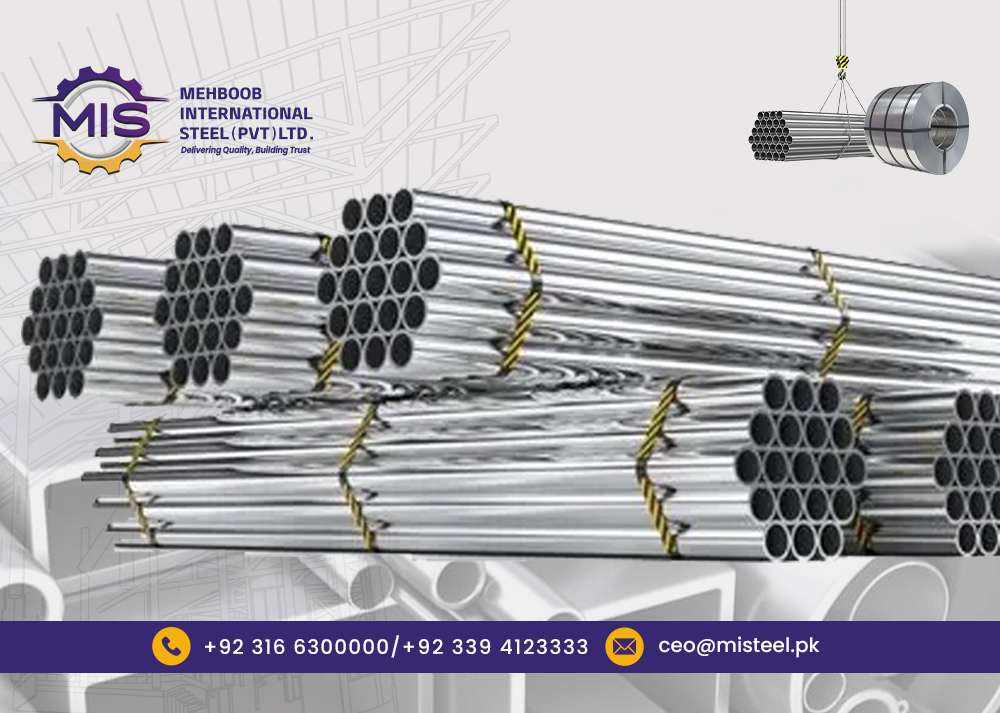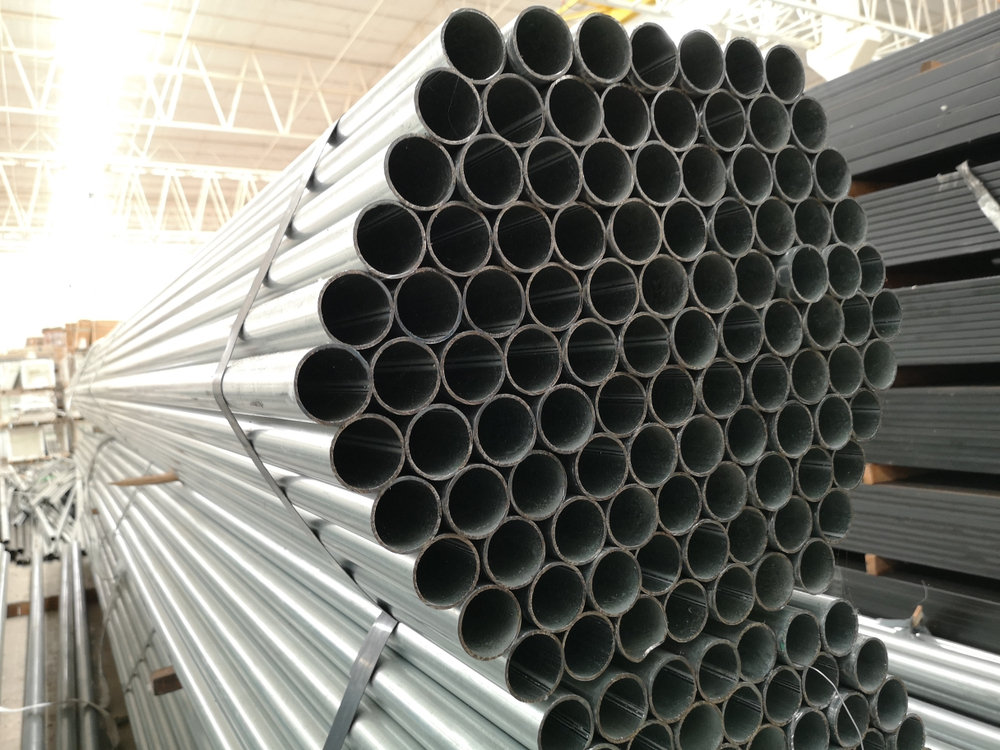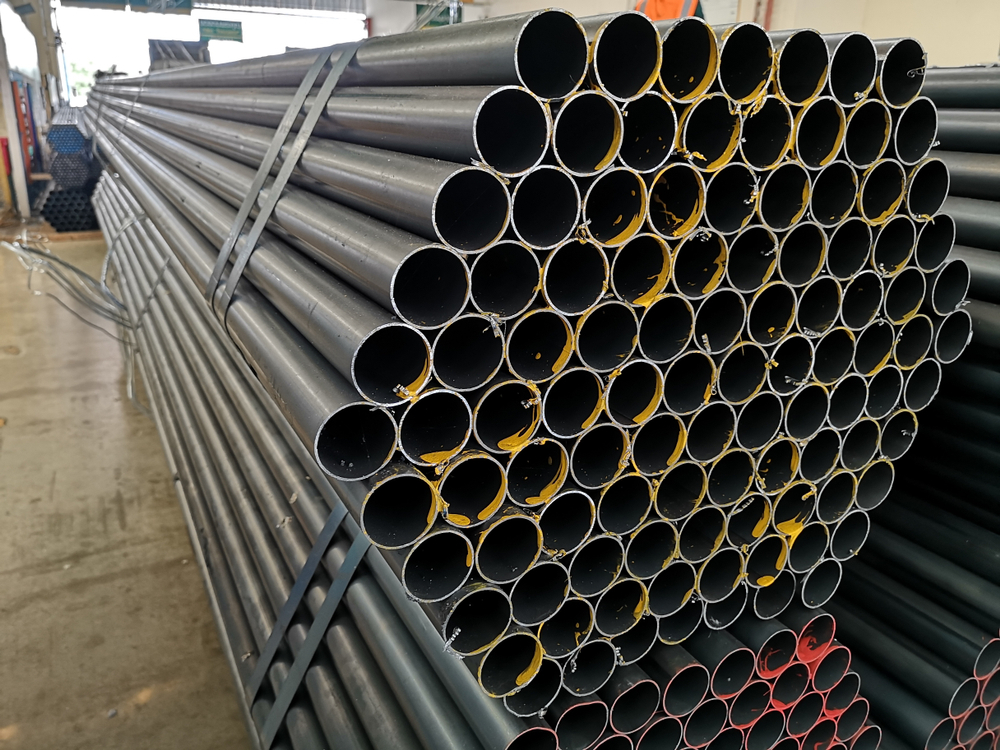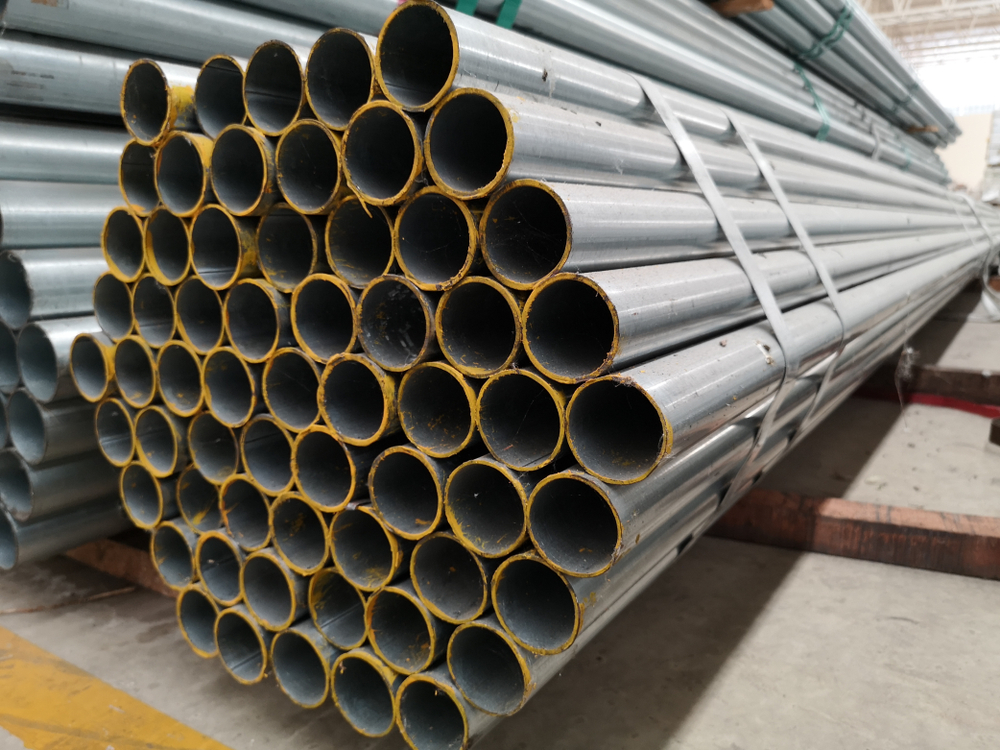
1-Elevating Steel Cost Trends: Empowering Insights for Industries to Achieve Unprecedented Success:
Introduction
Brief Overview of the Steel Industry:
The steel industry stands as a cornerstone in global manufacturing, providing essential materials for construction, automotive, and numerous other sectors. Understanding the dynamics of steel cost is crucial for industries relying on this foundational material.
Significance of Steel Costs in Industrial Operations:
The cost of steel significantly influences the overall operational expenses of various industries. Whether it’s manufacturing, construction, or transportation, fluctuations in costs can have a profound impact on budgets, profit margins, and strategic planning.
Purpose of Analyzing Steel Cost Trends:
This article aims to look into the intricate world of cost trends, providing valuable insights for industries navigating the challenges and opportunities associated with the ever-changing landscape of steel pricing. By examining historical patterns, current market conditions, and future forecasts, we aim to equip readers with actionable knowledge.

Understanding Steel Costs
Factors Influencing Steel Production Costs:
Raw Material Prices: The cost of steel production is inherently tied to the prices of raw materials, such as iron ore, coal, and alloying elements. Fluctuations in these commodity prices directly impact the overall cost structure of steel.
Energy Costs: Steel manufacturing is energy-intensive. Variations in energy prices, including electricity and fuel, contribute significantly to the overall operational expenses of steel producers.
Labor and Operational Expenses: Skilled labor, technological advancements, and operational efficiency play a pivotal role in determining the cost of steel production. Exploring these factors provides a comprehensive understanding of the cost dynamics.
Global and Regional Variances in Costs:
The steel industry operates on a global scale, with production facilities distributed across various regions. Understanding how different factors, such as regulatory environments and economic conditions, influence steel cost globally and regionally is crucial for industries with diverse supply chains.
Impact of Market Demand and Supply on Steel Pricing
The basic economic principles of supply and demand have a profound impact on steel. Analyzing the intricate balance between market demand for steel and its supply can provide insights into pricing trends.
Recent Steel Trends
Historical Overview of Steel prices:
A retrospective analysis of steel over the years helps establish patterns and trends. Understanding the historical context provides a foundation for predicting future movements.
Current State of Steel prices in the Market:
Price Fluctuations and Patterns: Examining recent fluctuations and identifying patterns in steel prices allows industries to anticipate potential challenges and opportunities.
Key Drivers of Recent Changes: External factors, such as geopolitical events, trade policies, and global economic conditions, contribute to the volatility of steel cost. Identifying these drivers is essential for informed decision-making.
Comparative Analysis of Steel prices Across Industries
Different industries may experience varied impacts from changes in steel costs. Analyzing how steel pricing trends affect sectors like manufacturing, construction, and transportation provides a comprehensive perspective on the broader industrial landscape.

Forecasting Future Trends
Emerging Factors Affecting Steel prices:
Technological Advancements: Innovations in steel production technologies can influence costs. Examining emerging technologies provides insights into potential efficiency gains and cost reductions.
Regulatory Changes: Changes in environmental regulations and trade policies can impact the cost structure of steel production. Staying abreast of regulatory developments is crucial for anticipating future cost trends.
Industry Experts’ Predictions and Insights:
Industry experts often provide valuable forecasts based on their analyses. Incorporating expert opinions enhances the article’s credibility and provides readers with a well-rounded view of future scenarios.
Potential Challenges and Opportunities in the Coming Years:
Anticipating challenges and identifying potential opportunities arising from evolving steel costs enables industries to proactively strategize for the future.
Implications for Industries
Impact of Steel price Trends on Manufacturing:
Steel is a fundamental material in manufacturing. Analyzing how steel cost trends affect manufacturing processes, product pricing, and supply chains is essential for industries in this sector.
Steel prices in Construction and Infrastructure Projects:
Construction projects, whether large-scale infrastructure developments or residential buildings, are directly impacted by steel costs. Examining these implications aids in project planning and budgeting.
Transportation and Logistics: Navigating Steel Price Influences:
Industries involved in transportation and logistics may experience direct and indirect impacts from steel cost fluctuations. Understanding these influences is critical for optimizing supply chain strategies.
Strategies for Industries to Mitigate Risks and Capitalize on Opportunities:
Providing actionable insights, this section explores strategies industries can adopt to navigate the challenges posed by steel trends. From risk mitigation to identifying strategic opportunities, industries can benefit from informed decision-making.
Summarizing Key Insights into Steel Cost Trends:
In the intricate world of steel production and market dynamics, a comprehensive analysis reveals critical insights into the trends shaping the cost landscape. Understanding the influencing factors, from raw material prices to energy costs and labor expenditures, is pivotal for industries reliant on steel. The global and regional variances in costs, coupled with the intricate dance of market demand and supply, form the tapestry of insights.
Historical overviews unveil patterns that guide strategic decision-making, while current state analyses provide a snapshot of ongoing fluctuations. This section synthesizes these key insights, offering a nuanced understanding of the factors that underpin the ever-evolving world of steel prices.
Encouraging Proactive Industry Responses to Changing Costs:
In a landscape where steel prices are prone to constant fluctuations, the imperative for industries is to adopt proactive strategies that can navigate the challenges presented by evolving cost scenarios. This necessitates a shift from reactive approaches to anticipatory measures. Emphasizing the importance of vigilance and adaptability, this section highlights the need for industries to stay ahead of the curve.
From efficient cost management practices to the exploration of alternative supply chain solutions, industries are encouraged to proactively strategize. Incorporating innovative technologies that enhance operational efficiency and reduce dependency on traditional cost drivers becomes paramount in fostering resilience amid changing steel prices.

Future Considerations for Monitoring and Adapting to Steel price Dynamics:
Peering into the future of steel dynamics unveils a landscape shaped by emerging technologies and regulatory shifts. This section offers a glimpse into the potential considerations that industries must weigh as they navigate the dynamic terrain of steel. Technological advancements in steel production present opportunities for efficiency gains, cost reductions, and environmental sustainability. Simultaneously, evolving regulatory frameworks demand a keen awareness of compliance and adaptation strategies.
Industries are urged to stay informed, remaining agile in the face of impending changes. The vision for the future involves not only monitoring ongoing developments but also actively participating in the discourse that shapes the trajectory of steel price dynamics. This forward-looking perspective equips industries with the foresight needed to thrive in an ever-evolving steel market.
Frequently Asked Questions:
Why is understanding steel prices important for industries?
Understanding steel prices is crucial for industries as they significantly impact operational expenses, budgets, and strategic planning. The insights gained from analyzing steel price trends empower decision-makers to navigate the dynamic market effectively.
What are the key factors influencing steel rates?
Steel rates are influenced by various factors, including raw material prices, energy costs, and labor expenditures. Global and regional variances, as well as market demand and supply dynamics, play a pivotal role in shaping the overall steel cost landscape.
How can industries adapt to changing steel rate?
Industries are encouraged to adopt proactive strategies, including efficient cost management practices, exploration of alternative supply chain solutions, and the integration of innovative technologies.
How does the article help industries anticipate steel rate trends?
The article provides a comprehensive analysis of historical trends, current state analyses, and forward-looking considerations. By synthesizing key insights, decision-makers gain a nuanced understanding that enables them to anticipate and navigate steel rate trends effectively.




Post a comment